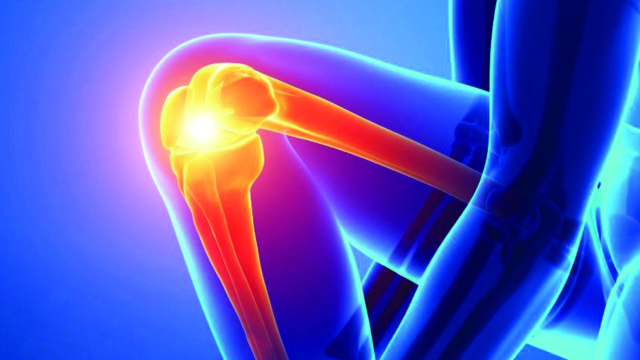How technology is transforming orthopedics?
In the previous decade, humankind’s knowledge adopted in the 20th century led to astonishing new developments in almost all fields of science and our lives. We saw that, with help from advanced computer science, new diagnostic and therapeutic methods have surfaced in the medical field. Orthopaedics is a big player for the newly developed medical applications and high-tech biomaterials research. Advanced material design and tissue engineering research seem to be promising a great future for Orthopedics but we probably will not see mature applications before another twenty or so years. On the other hand, “patient-specific treatment” is another “modern marvel” approach to provide patients with a potentially better treatment option. Orthopedics is very strongly represented in the patient-specific applications. With the recent advances in medical imaging and 3D printing technology, we have already achieved many impossible before treatments. Currently, we can use 3D technology to produce patient-specific implants, prosthesis and surgical guides to provide our patients with patient-specific treatment. It has already helped thousands of patients globally by enabling impossible or too risky surgeries.
What is 3d printing technology? How does a 3d printer work?
The machine producing of an item layer by layer is also popularly called as “3D printing”. After making its premiere almost four decades ago in 1981, it only recently started to change everything we know. It has two main advantages over conventional modern methods. The main advantage which 3D printing brought to modern production is the capability of producing very high detail designs in a reasonable time for almost every production demand. Today almost any material we can imagine can be used to 3D print “final production quality” parts for countless different industrial fields. Although there are different methods for 3D printing what does not change between them is that the design is 3D printed in a sort of chamber by means of fusing or depositing very small bits of material to each other in a systematic layer by layer. For Orthopedics it comes very handy in a couple of ways. As I have mentioned, patient-specific implants and instruments designed to totally match the needs of a patient are produced by 3D printers in a very reasonable time. When compared to the conventional surgery, the new approach increases the precision of the procedure with the help of patient-specific instruments and performance with 3D printing of advanced biomaterials.
Which orthopedic diseases may be treated using 3d technology?
As I have mentioned afore 3D printing is quite well-known to Orthopedics. In fact, Orthopedics is one of the pioneering medical fields. We can already use patient-specific 3D printed joint and limb prosthesis, implants, and 3D printed patientspecific surgical instruments to enhance our treatments. Today, personalized 3D printed implants are available for knee and hip arthrosis patients with complex deformities and large bone defects. With the assistance of 3D printed patient-specific surgical instruments, it is possible to place these implants in the body with a never seen before precision which is believed to be one of the factors which affect the longevity of the implants. The 3D printing technology is also being successfully used for surgical correction of skeletal deformities in all parts of our body. Even the patients with elbow deformities which are generally seen related to a malunited or neglected humerus bone fracture can be corrected with 3D printed surgical guides. Previously, these surgeries were all very hard or were practically impossible due to increased surgical risk.
What is a skeletal deformity?
A skeletal deformity is any abnormality of the bones and joints in our body. Many different conditions can contribute to a skeletal deformity. Genetic disorders which affect cellular function during embryogenic and childhood development and trauma are the two main problems which cause skeletal deformity. Regardless of the reason for the skeletal deformity, some deformities are treated by surgical intervention. Since the skeletal deformities are as a result of bones the surgery naturally necessitates cutting the bones to correct them. Conventional surgical methods for treating the skeletal deformities actually does not go beyond planning on two-dimensional x-ray films. Although an orthopedic surgeon would get x-ray assisted visual surgical guidance to make the bone cut the results generally tend to show extended variability and sometimes prove to be suboptimal.
What are the advantages of using 3D technology for the treatment of deformities?
By using 3D technology it has been much easier and safe for us to make deformity correction surgery and complex prosthesis surgeries. Since all the surgical planning for these procedures are done before the surgery during the computer design the surgeon can easily focus on quality related aspects of the surgery. It provides increased precision decreasing the risk for surgeons of all level of experience while enabling reduced surgical times and bleeding. In return, these all these attributes of 3D technology favor the outcome of the surgery.
What is the recovery process after deformity surgery? What do you recommend to patients in the postoperative period?
Although 3D technology has helped us and our patients for very hard deformity cases, no deformity surgery is without cutting any bone. As a result, these procedures do take some time before gaining function. Always good physical treatment after the surgery is mandatory to achieve good results. But depending on the medical condition the 3D technology is being used for it may even reduce to time to recovery.


